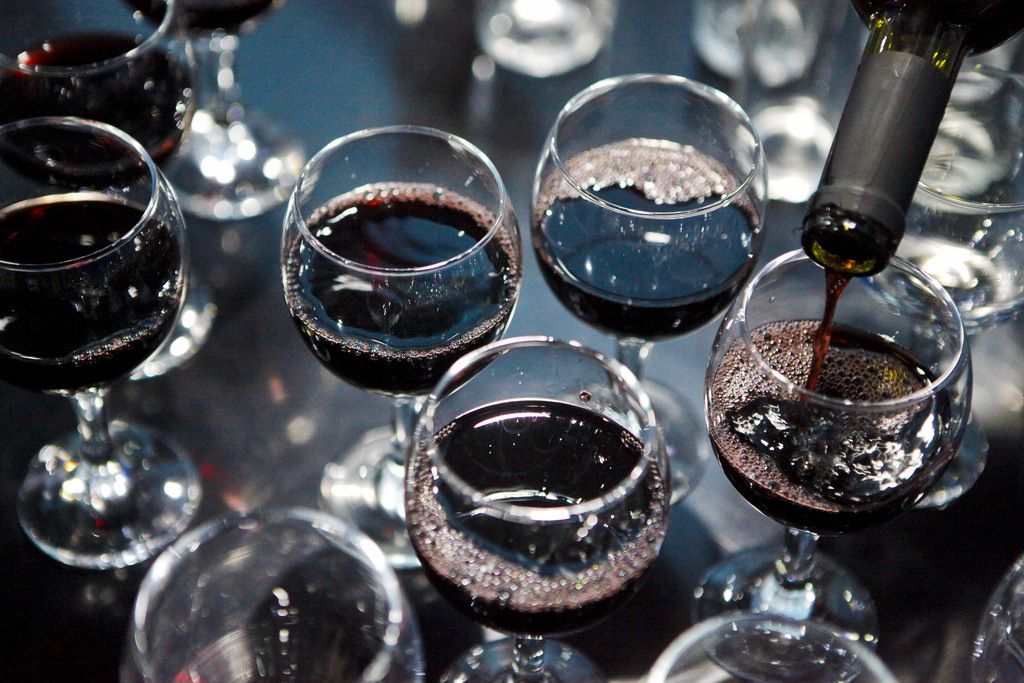
Most of us have heard the term “tannin” used in reference to wine. But what exactly does it mean? Defined by Merriam-Webster, tannin is “a reddish acid that comes from plants, is used in making ink and leather, and occurs in various foods and drinks, such as wine.” Tannins are polyphenols mainly found in the bark, leaves, and young fruit of a variety of plants and trees. It is generally agreed that the purpose of tannins in nature is to protect the plant by repelling hungry pests and animals through its astringent taste.
In regards to wine, tannin comes from two places – grapes and wood. Tannin exists in the stems, skin, and seeds of grapes. By soaking these elements in the fermenting juice during the winemaking process, red wines get color as well as tannin, which adds bitterness, astringency, and complexity. In addition, tannin helps to preserve red wine and allow for long-term aging. As for white wines, because the white juice generally ferments on its own and without the tannin-containing components, they don’t tend to show much tannin. This is not always the case, however, as tannin can be present in the oak barrels that some wine is aged in – how much will depend on how the barrels were made and whether or not they’ve previously been used for winemaking purposes.
When tasting wine, the term “tannic” describes a textural or structural characteristic more so than a particular taste. Have you ever taken a sip of red wine and experienced a drying effect to your palate, tongue and gums? That’s the result of tannins in the wine that create sensations in the drinker’s mouth ranging from soft and silky to velvety and plush to uncomfortably dry or rough. Tannins will bind to proteins, and in our mouths, these proteins are found in saliva – the same proteins that normally give saliva its slippery quality. Furthermore, because they cling to the protein in our saliva, tannins are often described as dry and astringent in taste. While some people enjoy this astringent quality, others may find it unpleasant. This can be attributed in part to the differences in body chemistry among people – we possess varying levels of proteins in our saliva and differing abilities to replenish those proteins.
So, what makes one wine more tannic that another? A number of factors contribute to how tannic a wine is, the most important being the grape variety. High tannin wines include Nebbiolo, Cabernet Sauvignon, Petit Verdot, and Petite Sirah. Wines lower in tannins consist of Barbera, Zinfandel, Primitivo, Grenache, and Merlot. Pinot Noir, Tempranillo, and Sangiovese typically fall somewhere in the middle of the spectrum. The growing site and terroir, winemaking technique, and fruit ripeness may also affect the tannin levels in wine. For instance the tannins in an Italian Merlot will differ from those in a California Merlot.
As for aging, young wines are ordinarily more tannic than older wines and over time a wine's tannins will change. While the exact chemistry and explanation for this is not entirely clear, it is generally agreed that the tannins interact with other compounds in the wine causing them to mellow or soften. The tannins that precipitate out during the aging process can result in sediment commonly found in some bottles of older wine.










